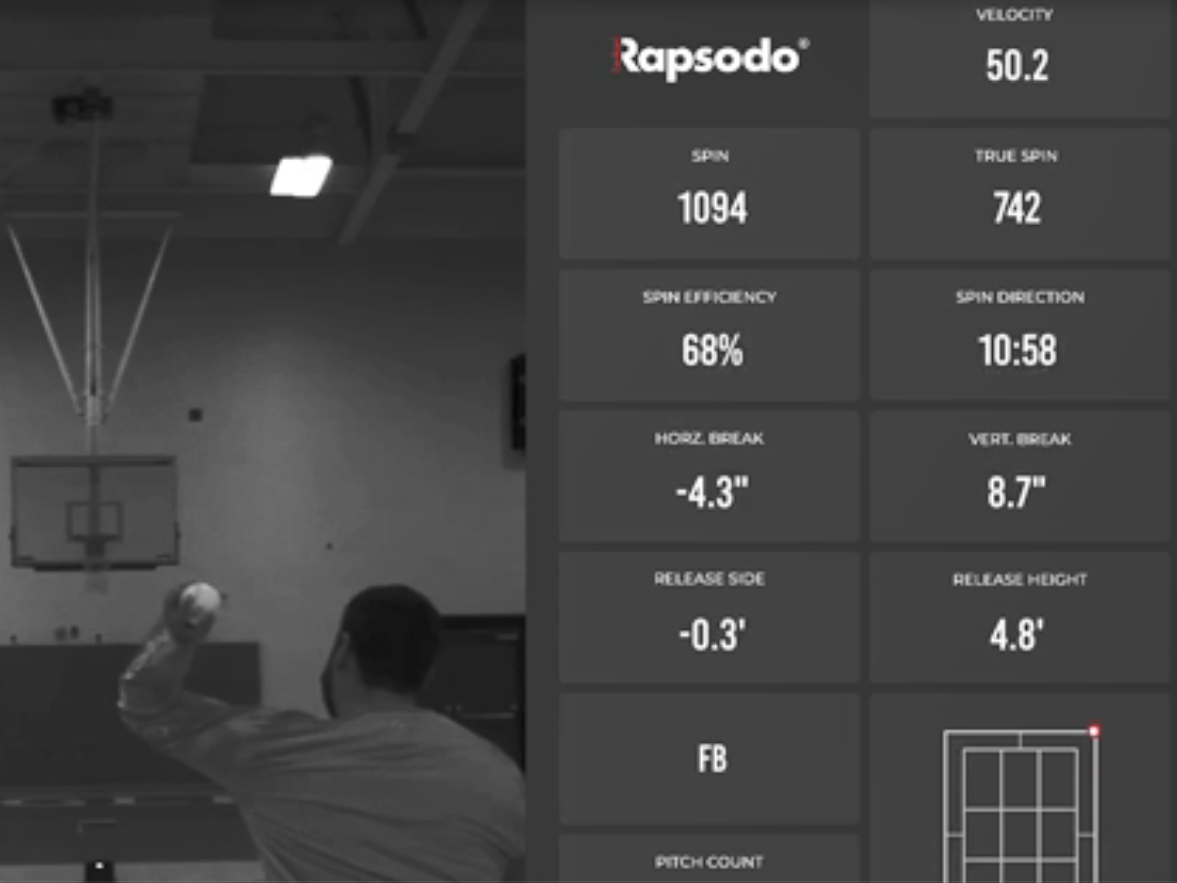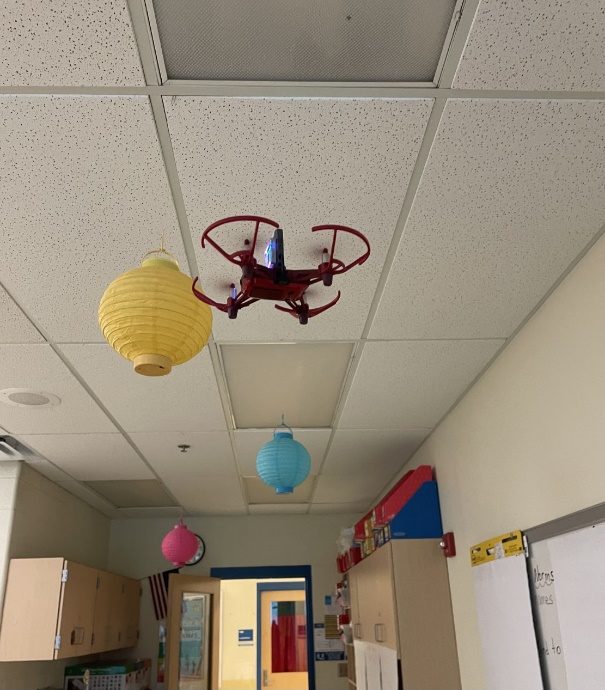The Ohio STEM Learning Network is thrilled to again be offering the STEM Classroom Grant Program to teachers across Ohio. Here are three tips that may help you as you are generating ideas for your application. These tips are accompanied with some examples of grants funded in the first awards from the program in December 2021.
Battelle is funding this program for the Ohio STEM Learning Network as a part of the non-profit research institute’s commitment to expanding high quality STEM education to all students. Teachers or administrators working in Ohio public schools, including public district schools, public charter schools, and public independent STEM schools may apply now for a $2,500-$5,000 grant to further STEM learning! Completing the grant application should take about 60 minutes.
We believe every teacher can be a STEM teacher and we hope you choose to apply! All applications are due October 10, 2022. For all the details on the grant, including frequently asked questions, visit the STEM Classroom Grant Program page on OSLN.org.
from Kelly Gaier Evans, Director of the Ohio STEM Learning Network
Applications open for OSLN STEM Classroom Grant Program
Tip #1: Identify authentic problems to solve.
In the example below “Rain Rain Run Away”, I love how Boardman Glenwood Junior High School identified a problem on the school campus and determined how they could leverage student learning goals in science to challenge students to apply that learning to solve the problem.
EXAMPLE 1: Rain Rain Run Away – Investigating Runoff and Water Quality on Campus
Eric Diefenderfer from Boardman Glenwood Junior High School

Rain Rain Run Away is a problem-based learning project for all students in 7th and 8th grade. Students learn about runoff and how the water cycle moves contamination by mapping the runoff on campus.
Students apply their science skills and knowledge to address a runoff issue by designing either a bioswale or rain garden along a storm drain and small stream that affects the cross country course. Students work with the founders of Environmental Collaborative of Ohio on their designs. Students need to include native plants from NE Ohio. Our Boardman Makers Club will design and build benches along the stream for work areas, integrating engineering and math skills.
To extend this project further for future classes, 7th grade students will clear testing sites to access the stream for water quality monitoring and 8th grade will complete a bioblitz of plants each year.
The question to “when will I ever need to know this” will be answered because the learning outcomes are applying their knowledge of the water cycle and runoff as they investigate a real-world problem with runoff on our school campus.
UPDATE FROM THE CLASSROOM
Project Outcomes: So far the outcomes are greater than we expected. Students applied their science inquiry skills and learned about water quality, runoff and rain gardens. 7th and 8th graders collaborated on these projects, problem solved, applied science content knowledge and learned how to build and use a variety of tools they never would have otherwise used in a typical science classroom.
“I am still very excited to have received this grant knowing schools from all over Ohio applied. I have been looking for ways to get more hands-on experience for my students and this grant helped in a major way. We have only talked about ways we could address the problems and it always stopped at their research. Now we are able to physically carry out our plans.”
STEM designated school: No
Current STEM involvement: We are new to STEM and looking for ways to expand our STEM opportunities for students.
Location: Youngstown
Grade levels: 6-8
Tip #2: Partner with industry and community partners to bring an authentic audience to student learning.
The grant project “Tinkers Creek Watershed” pulls in professionals from local organizations to provide an opportunity for students to share their data and research. Meanwhile in the “Light ‘Em Up, STEAMM” project, STEAMM Academy in Hartford, local professionals share their expertise with their students to support student learning. Both examples allow students to build business and industry awareness.
Example 2: Tinkers Creek Watershed
Cynthia Kurt from Twinsburg High School
The Twinsburg Environmental Science classes (target juniors and seniors) are looking to expand the outdoor curriculum for the classroom with investigations and tests that students can do. We have access to Tinkers Creek watershed in the school backyard. The goal is to get the students outdoors to do labs and collect data using high tech equipment. Having the proper equipment to investigate and analyze the outdoors is important. Utilizing probes that will gather different forms of information that can be downloaded to a chromebook and then organize, graph and analyze the data can help us reach these goals. Students will see the importance of the watershed and the impacts of the environment and community. Students will work with Tinkers Creek Watershed agency, and Ohio EPA scientists, and Twinsburg water plant to share and present their data and research.
Update from the classroom:


Students are working together to identify the different macroinvertebrates that were collected in Tinkers creek to calculate the stream health index.
STEM designated school: No
Current STEM involvement: We have strong STEM programming within our school but do not currently embed STEM across all aspects of our school design.opportunities for students.
Location: Twinsburg
Grade levels: 9-12
Example 3: Light ‘Em Up, STEAMM
Amanda Gillespie from STEAMM Academy at Hartford MS
The Computer Science program and the Visual Design program team up to create community displays of lights. The Visual Design students will design a series of 6’ to 10’ sculptures and shapes which can be displayed at various times of the year around the city of Canton. These sculptures and shapes will be enhanced with lights. The CS students will write programs which will provide movement in both the sculptures and the lights. With this project, our students will experience first-hand how technology and art can impact a community positively through creativity.

Update from the classroom: Students created a live Fashion Show of designs. The stage was lit with light sculptures created through a grant which paired the Computer Programming students with the Art students. Art students created designs, then used bent hot rolled steel to bring to them to life. LED lights were added and color was applied. Sculptures featured a design that showed movement through the use of programming the lights to turn on and off at different times.
Rob Lane from One Byte at a Time came in and taught the students how to apply LED lighting to their outfits as well as working with the computer programming students on the light movement. Todd Davis from Canton City Parks came and shared how to create the metal armatures to put the lights on and how to wire up the lights to show movement.
STEM designated school: Yes
Current STEM involvement: We integrate STEM across all aspects of our school.
Location: Canton
Grade levels: 6-8
Tip #3: Create learning experiences which support students in applying learning from multiple disciplines.
In the examples below, educators partnered physics with physical education and computer science with math to create engaging interdisciplinary learning experiences for students. When planning interdisciplinary learning experiences be sure to consider how you will anchor the learning to relevant content standards and foundational skills to each represented discipline!
EXAMPLE 4: Motion Capture Physics
William Metcalf from Akron STEM High School
We are expanding the way that students can engage in science by allowing them to explore the world of physics through the connection between physics and many different interests such as sports, Nascar, rocketry and more! With this project, physics students will not only study complex motion, they will then apply it in new and different settings. One specific connection we will make is to the physics of sports. We will do this by partnering with the Physical Education classes in order to analyze the effect of pitching styles on the movement of the ball. With this technology, we could have students capture any sort of motion on video, such as pitching a baseball, and slow it down and analyze it on the interactive white board. Then we can apply physics to answer questions like “What is a better way to pitch a ball?” or “Which of these people are hit the hardest?” or even “How does the Blue Horizon rocket compare to the Space X rocket?”

This program will provide us with opportunities to engage in cross curricular lessons with subjects like math and physical education. By connecting with physical education, we could use this approach to analyze sports like baseball and basketball, allowing students to fine tune their performance in sports that they are interested in. By connecting with math classes, we can demonstrate the connection between science, math, and real life through the curve fitting which can lead to a deeper understanding of the meaning behind and effect of the coefficients in first and second degree polynomials.
Update from the classroom: We all worked as peers to determine what we could measure and determine from the slow-motion videos as well as what we could calculate from that. Student athletes taking physics class stepped up as experts to show other students, and teachers, how to pitch. The teacher coached students through how to use the promethean board to plot the ball’s motion and how to use graphing calculators to find real values.
STEM designated school: Yes
Current STEM involvement: We integrate STEM across all aspects of our school.
Location: Akron
Grade levels: 9-12
EXAMPLE 5: Drone Missions in the Classroom
Karen Muhammad from Anton Grdina School
DroneBlocks creates opportunities for students to learn Blockly, Python, and JavaScript by programming drone missions in the classroom. The students will Code, Test and Fly their drones. The Drone Missions deepens the students understanding of STEM by offering them the opportunity to collaborate across subjects; they use math formulas to predict motion, utilize the scientific method, learn how to carry out design solutions and use computer simulations and models. The students will use aspects of design thinking to work together, with the understanding that all students’ voices matter in any decisions that need to be made regarding coding their drones.

Update from the classroom: Writing for the Drone grant was one of the best things that I’ve ever accomplished for my students. Through this grant, I had the opportunity to bring indoor drone computer science activities that simply don’t exist in this area. At first, the students were a little skeptical about flying the drones. They said things like “I can’t do this”. It was almost like they were afraid or didn’t feel like they should touch the drones. They kept asking me if they were there’s to fly. I had to keep assuring them that they were for the students. After one brave student launched and maneuvered a drone, this built the confidence of the rest of the class. He became my assistant in helping other students understand the aviation terms and maneuvers while using the controller.
STEM designated school: No
Current STEM involvement: We integrate STEM across all aspects of our school.
Location: Cleveland
Grade levels: 6-8